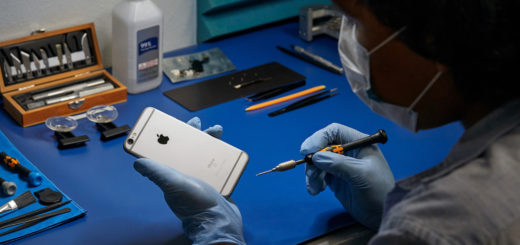How to backup iPhone with iCloud, PC, and Mac

If I’d taken fewer selfies I may not have needed to spend more on iCloud storage.
When you migrate to a new iPhone, choose to quit the platform, or just to ensure you don’t lose your own data, you must get good at backing up your iPhone.
How to backup iPhone
How much data is held on your iPhone? How important is that information to you? After all, it will include your images, documents, emails, messages, videos, bookmarks contacts and more. That’s why you must learn to backup your data.
How much data do you have?
You can check how much storage you already use in Settings>General>iPhone Storage. You will also see how much storage each of your applications requires, and iOS will also make a few recommendations to reduce wasted storage space. You’ll usually find Podcasts, Photos, iCloud Drive and Music taking up the most space.
[Also read: How to screen record on iPhone in just 4 steps]
How to back up your iPhone to iCloud
Apple only provides a miserly 5GB of free iCloud storage space, so it is possible that backing your device up to iCloud isn’t possible. That’s a shame as iCloud backup is by far the easiest way to back your device up.
- To backup to iCloud, open Settings and tap your Apple ID at the top of the list.
- On the next page tap iCloud and look down the page to Device Backups, which you should also tap.
- On the iCloud Back up page you’ll see two toggles, Back Up This iPhone and Back Up Over Mobile Data. To automate iCloud back up you should enable the first. If you have only limited mobile bandwidth disable the second, as with it enabled your phone will use up your mobile allowance pretty quickly.
- Below these toggles you’ll see Back Up Now in blue. Tap this to back your phone up immediately. Below this you’ll see a list of all your currently backed up devices.
Since iOS 15, Apple has provided a way its customers can temporarily back up larger quantities of data to iCloud while migrating to a new iPhone. That process is explained here.
How to backup iPhone to a Windows PC
You can also back your device up directly to a Mac or Windows PC. On a Mac this ability is now part of the Finder, but on Windows you’ll be using iTunes to achieve this.
Connect your iPhone to your computer, open iTunes and sync your files. You may be asked for your passcode or to Trust This Computer, which you should approve.
Select your iPhone, iPad, or iPod when it appears in iTunes
If your device doesn’t appear follow this help guide.
How to backup iPhone to Mac
iPhone backups no longer use iTunes on the Mac. The feature is now baked into Finder. To use it, connect your device to your Mac using a USB cable and enter a passcode or approve the Trust This Computer request that may appear.
Now open a new Finder window – you should see iPhone appear as an option in Locations.
- Select iPhone and in the General window
- If you intend to save Health and Activity data from your device or Apple Watch, you must encrypt your backup. To do so, just tick the “Encrypt local backup” box and create a memorable password – make sure to take some kind of note of that password as you’ll need it to access the saved files later. You cannot recover your backups if you lose or forget that password.
- Now tap Back Up Now. Once the process is complete you’ll be able to see the time and date of the last back up.
If your device doesn’t appear follow this help guide.
How to backup iPhone Photos to a hard drive
What happens when the size of your photo library exceeds the space you have available on your PC, Mac or in iCloud? That’s when you must figure out how to back those images up to a hard drive. The full instructions for which are available here.
Read this Apple document to learn how to restore your device from a backup.
Please follow me on Twitter or Mastodon, or join me in the AppleHolic’s bar & grill and Apple Discussions groups on MeWe.




